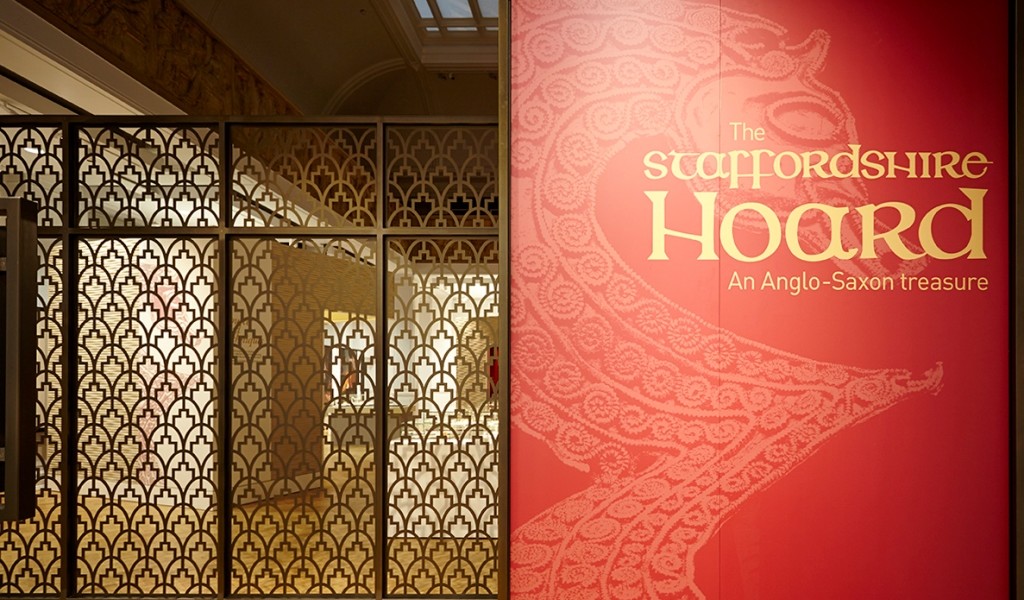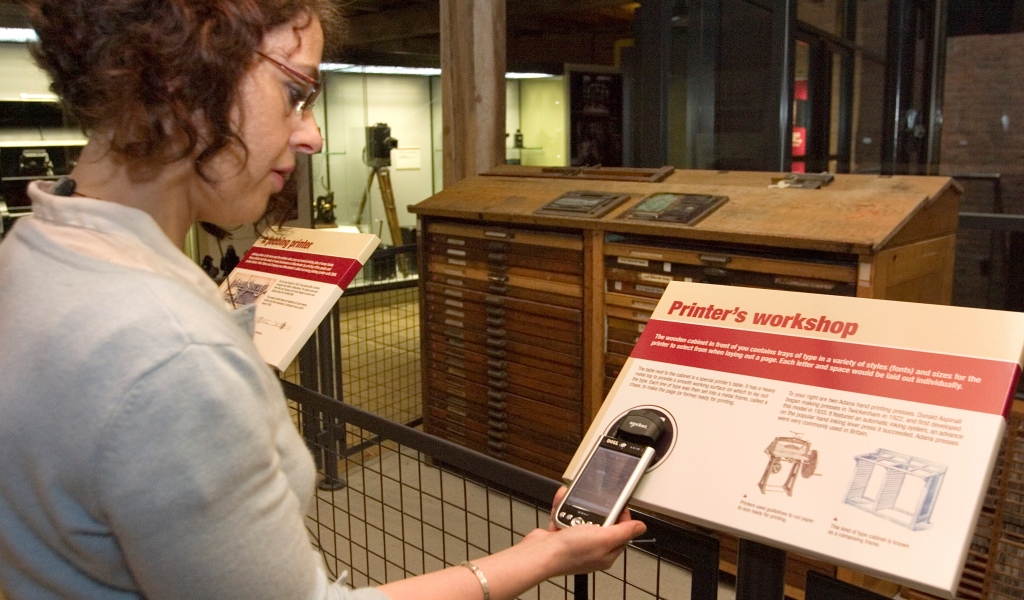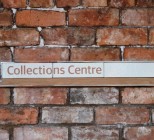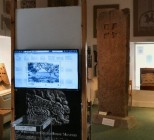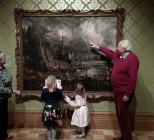Here Museums + Heritage Advisor delves into what a permanent exhibition sets out to achieve and goes in depth with five case studies. These include a look at how exhibition managers design permanent displays such as the Staffordshire Hoard at Birmingham Museum and Art Gallery, how interactive technology improves the visitor experience with Lyndsey Clark, why lighting can make a difference with Arup’s Lighting Design team, the development of Multimedia Guides with the University of Salford and the ever important use of graphics with Warrens Displays.
Permanent exhibitions need to have a lasting design quality that will still look good in 10 or even 20 years’ time, whereas a temporary exhibition can be more daring and capture the mood of the moment. The permanent exhibition will have to pull off many tricks to ensure its success and a successful museum exhibition these days will need to be entertaining, informative and appeal to a wide audience, while also resonating with the museum’s targeted audiences.
Exhibition designers and curators will collaborate with a wide range of suppliers from graphic designers to lighting experts and digital media gurus to architects, content development managers and navigation specialists to make this happen.
Their aim is to communicate a message to its audience that is engaging and compelling, which will involve researching and disseminating information and then determining the most effective way to display and convey it.
An exhibition will then draw on the latest concepts, visitor interests and technological innovations such as touch screens, multimedia guides and 3D technologies to bring the story to life. Using a wide range of techniques and technologies will help the visitor understand the story being told as well as bringing enjoyment and inspiration. All of these considerations point to the overreaching aim: providing an excellent visitor experience.
“Exhibitions can be successful in different ways but in my experience having a strong identity that has a resonance with your target audiences is key,” says Katie Hall, Exhibitions Officer at Birmingham Museums Trust (BMT). “I think the core identity for an exhibition comes from a combination of a strong central story along with design that helps to communicate that story through the use of space, graphic design and a clear, engaging interpretation structure.”
Hall says these elements then feed into how the exhibition staff will be able to communicate the exhibition to their audiences, which will determine whether it has good visitor figures and positive, engaged audiences.
Hall says that BMT works with a graphic designer for its large scale exhibitions and has worked with 3D designers in the past, which depends on the budget for the show. The trust worked with 3D designers for the permanent galleries of the Staffordshire Hoard Gallery which opened in October 2014. “We always work with a designer on exhibitions when we’re able to and consideration of the visitor experience is central to this. For recent exhibitions we’ve particularly looked at ways of presenting interpretation and the identity of the show, and also suggestions from our designer on paint colours that would enhance the presentation of the show. At its best, the design enhances the visitor experience.” This is particularly important if the museum is charging an entry fee to an exhibition because the experience of the show needs to be as powerful as the content.
Hall says that it is very important to work with the right suppliers and partners in the design process, so getting the initial tendering process right is crucial. “It’s essential to ensure that you understand each other and what you want to achieve from the exhibition so that you are able to work together collaboratively for the same goal.”
When this works the results can be spectacular with the visitor’s expectations exceeded, families entertained and visitor numbers up.

